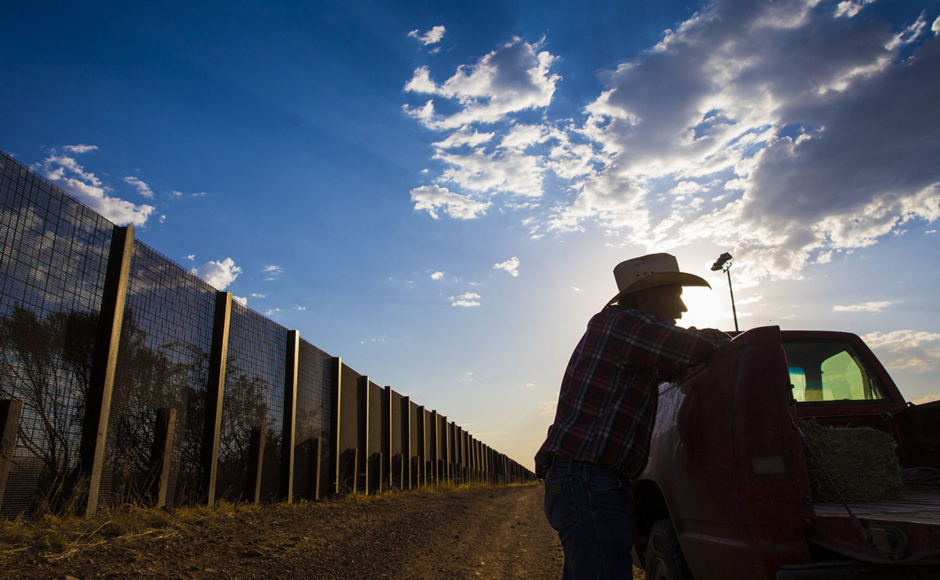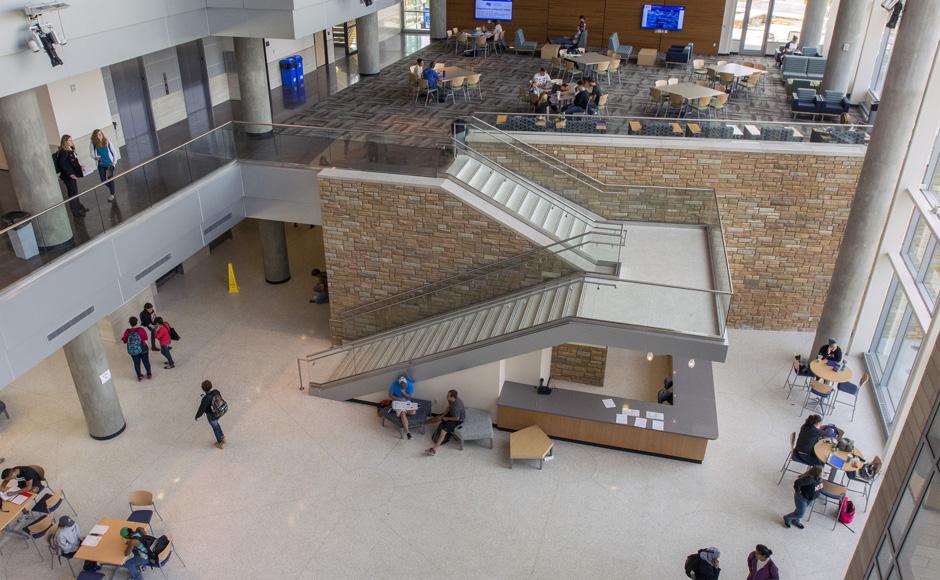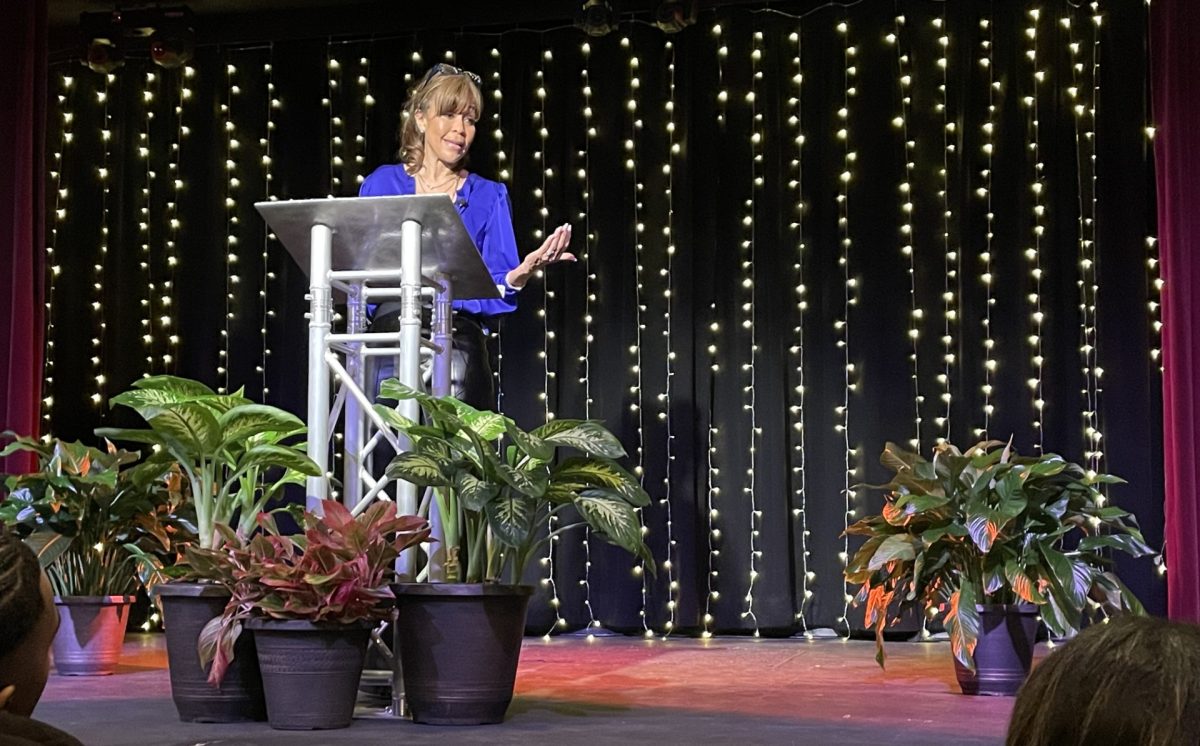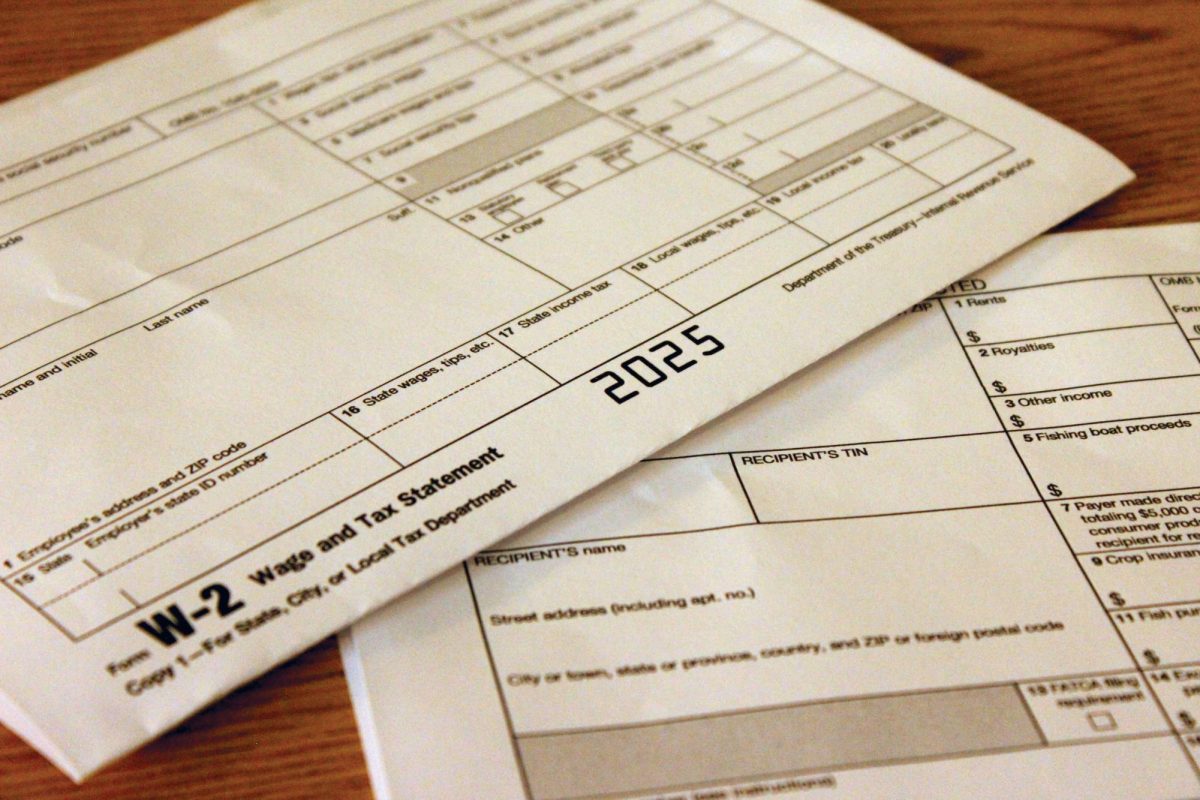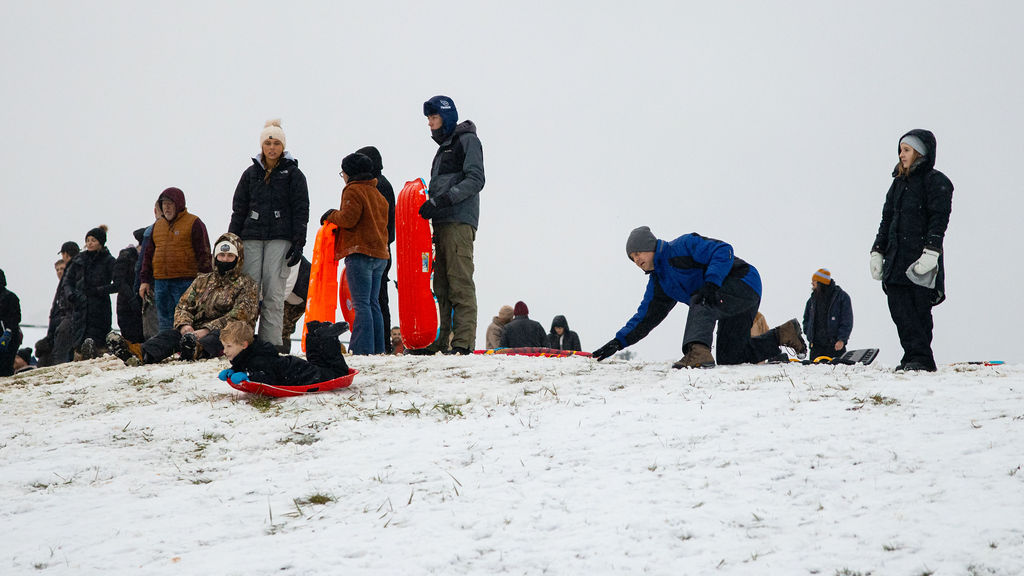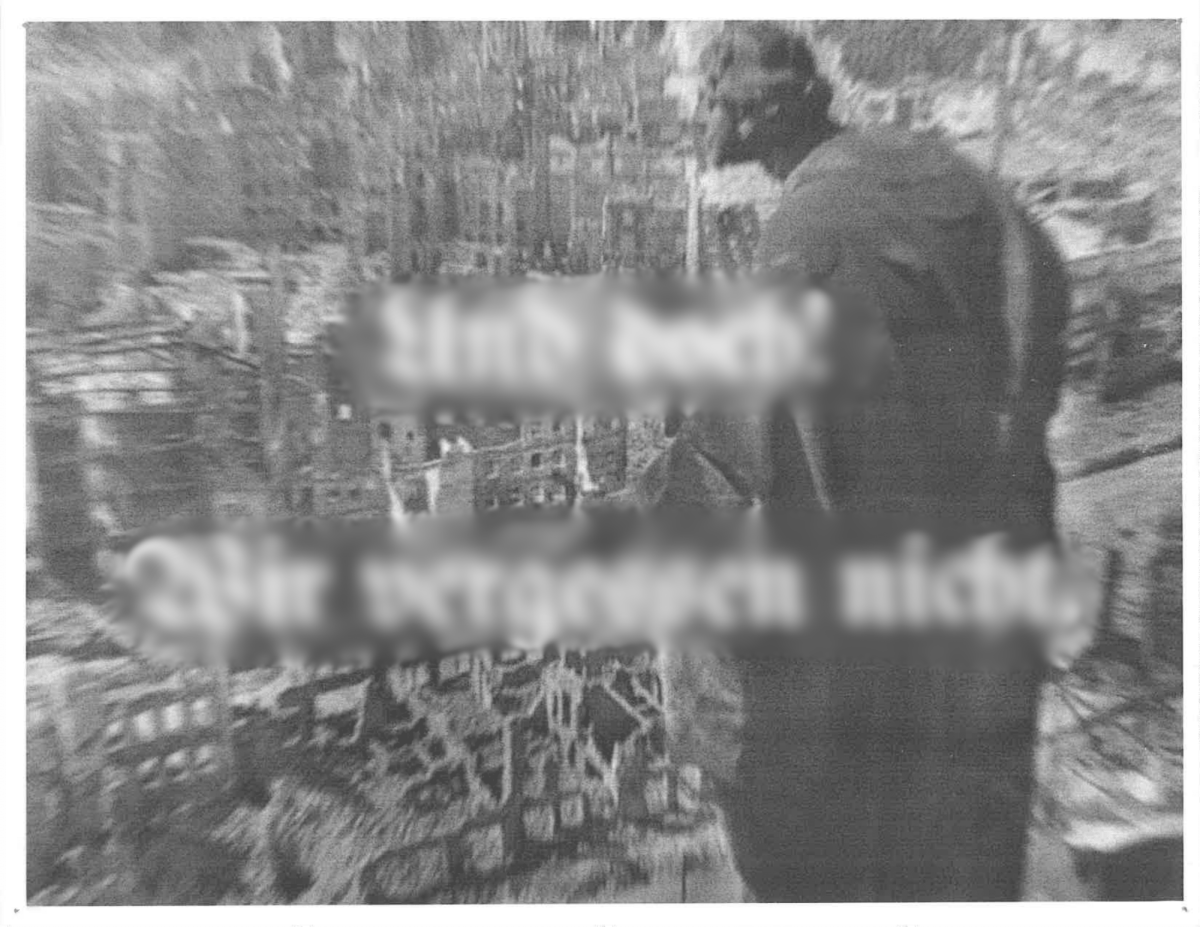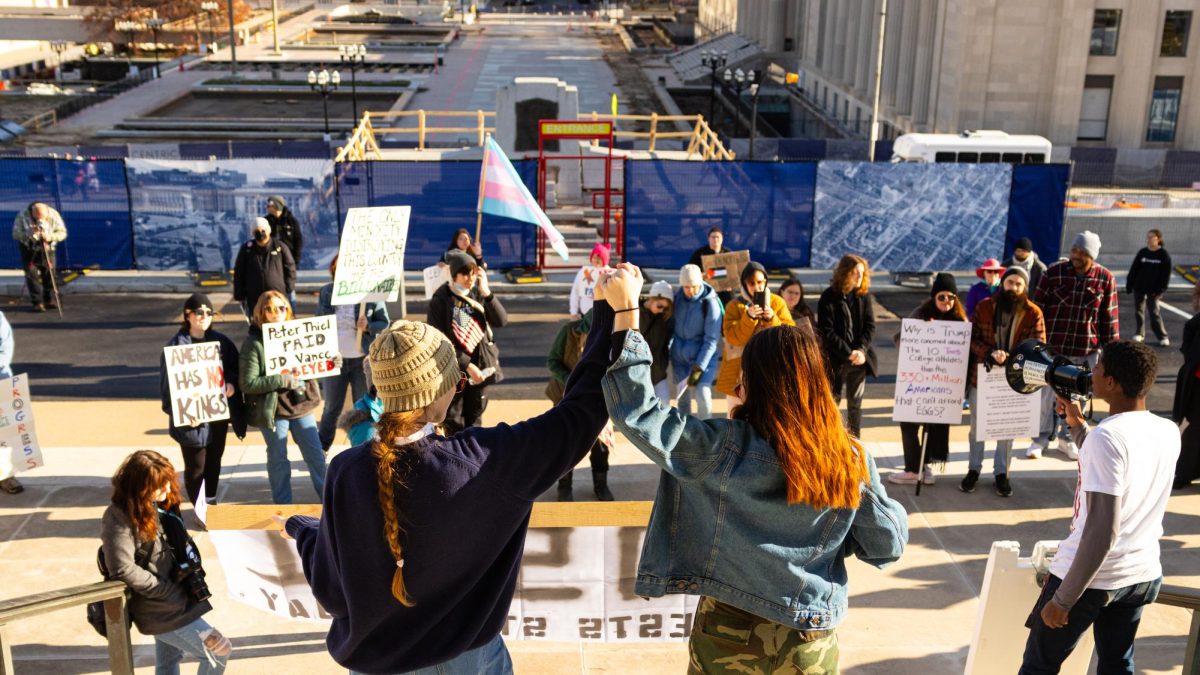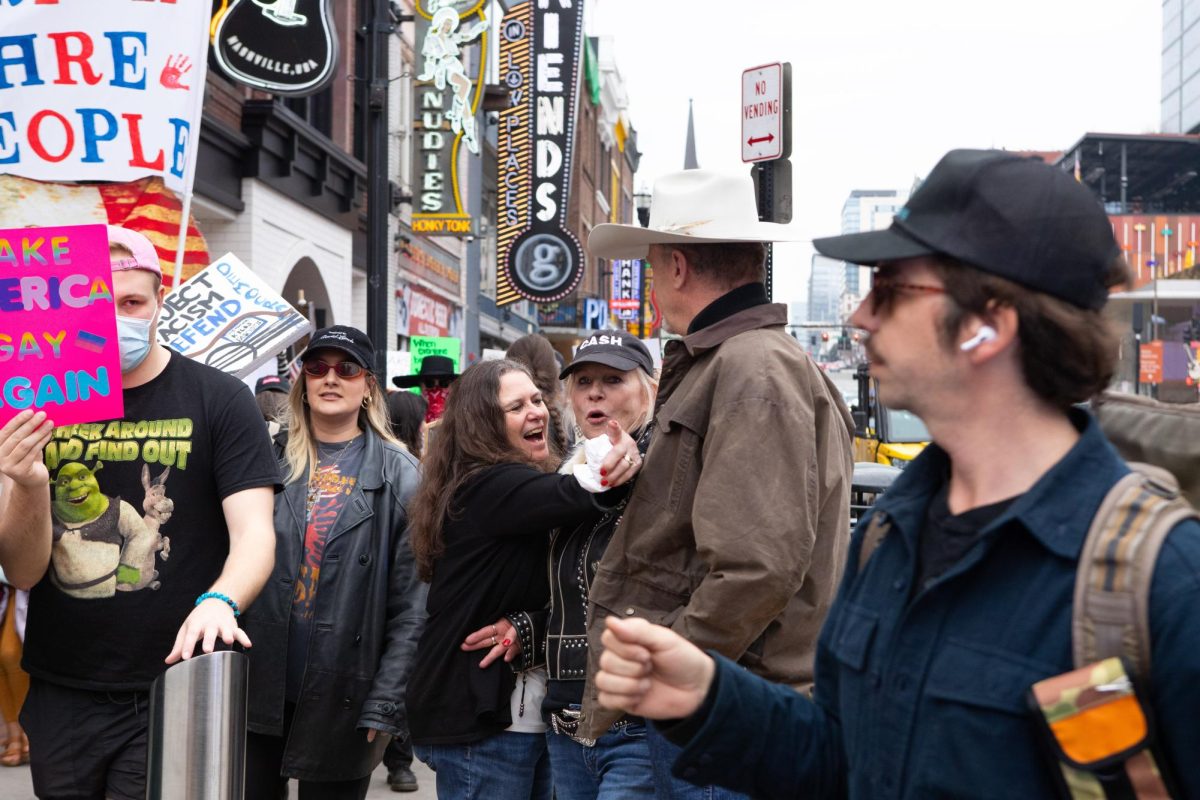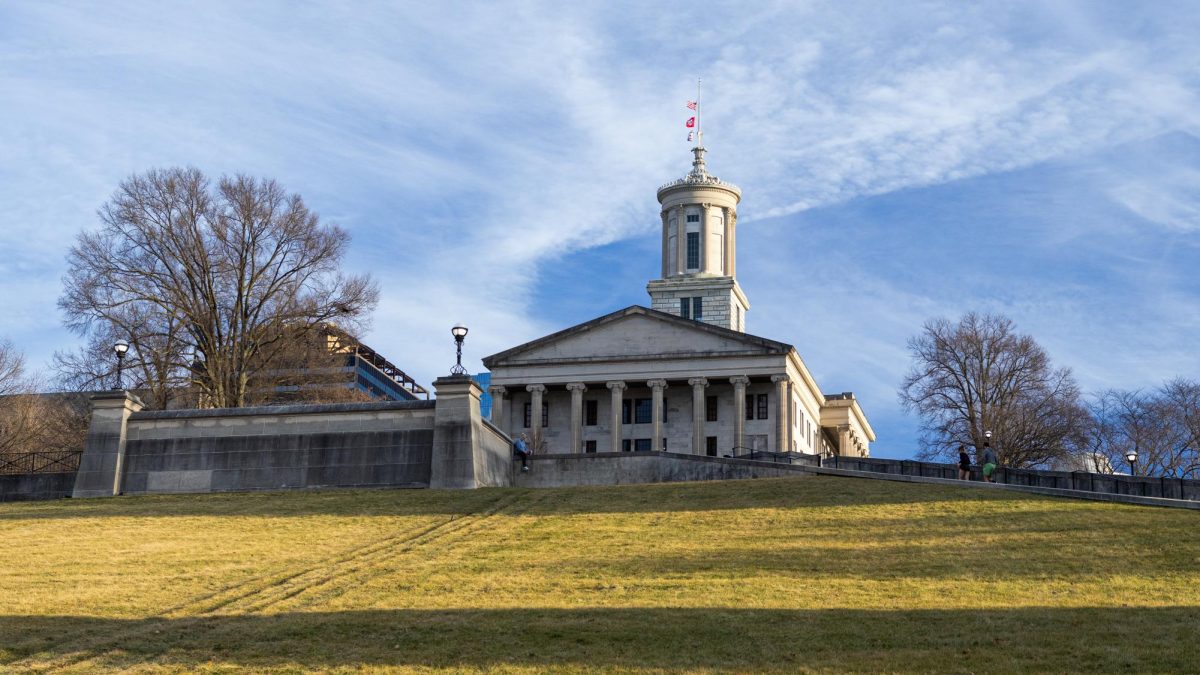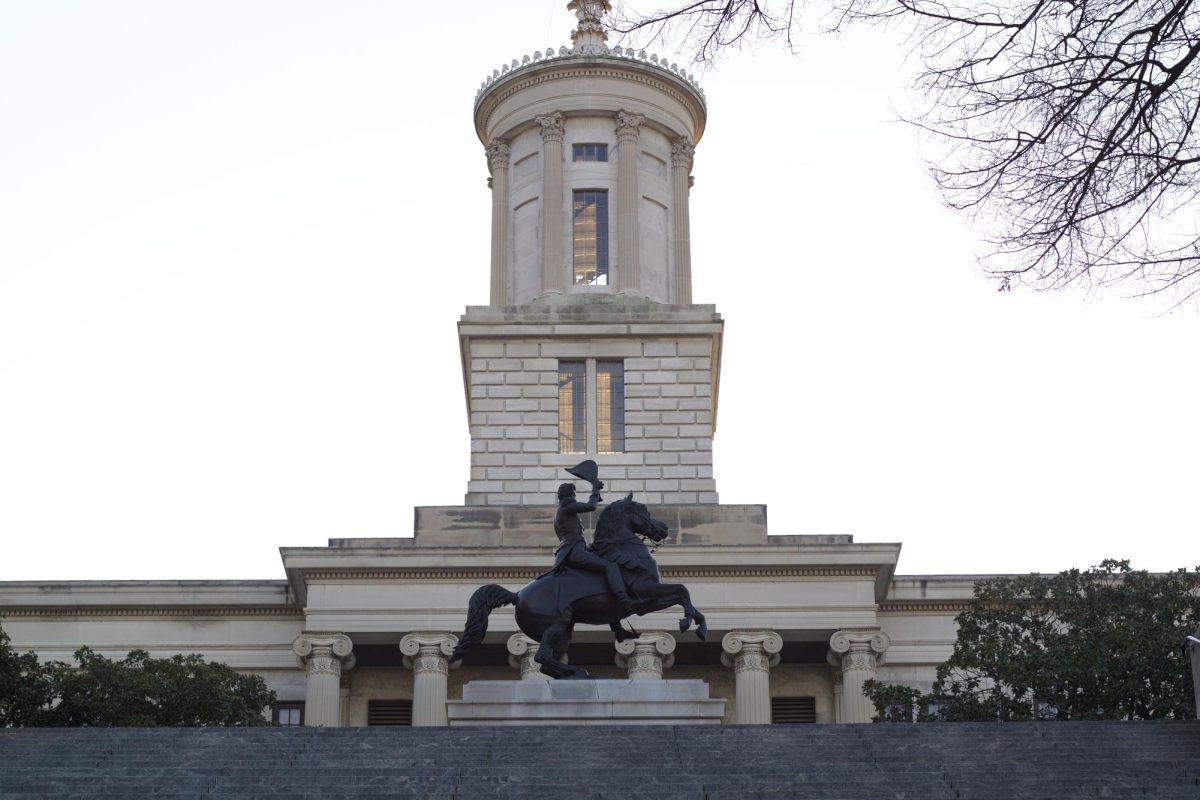Photo courtesy of Michael Chow / The Arizona Republic via USA Today Network
Story by Davida Johnson / Contributing Writer
MTSU held a discussion panel Wednesday in the Student Union Building for Laura Gomez, Annette Meade and Mitchell Thorson, three Arizona Republic journalists who spent months exploring the United States’ border with Mexico on land and in air. The trio saw the first-hand impact of human smuggling, the potential building of President Donald Trump’s border wall and its conflicts with property rights.
Their journey was turned into a collaborative multimedia project called “The Wall,” which was published on USA Today’s website in 2017. Following publication, the project was made into an 80-minute documentary that explored the process of reporting for this project. In spring 2018, the project was awarded the Pulitzer Prize for Explanatory Reporting for a multifaceted news package.
The panel was sponsored by John Seigenthaler Chair of Excellence in First Amendment Studies and the College of Media and Entertainment as a part of MTSU’s ongoing Pulitzer Prize Series, which strives to bring Pulitzer Prize-winning journalists to campus for discussions on their work.
During Trump’s 2016 presidential campaign, he promised to build a border wall from the Gulf of Mexico to the Pacific Ocean, which is estimated to cost around $20 billion by the Department of Homeland Security. Other reports, however, estimate the cost closer to $70 million. The Trump administration is currently in the process of allocating more funding for the wall, with over $1.6 billion already allocated as of October 2018. Currently, the border is secured with sections of fencing – the construction of which was first mandated in 1996 as a part to the Illegal Immigration Reform and Immigrant Responsibility Act – observation towers and other support structures and physical barriers.
The journalists detailed how it is nearly impossible for individuals to enter the United States without a smuggler, and many people die from lack of water while attempting to cross the border by themselves in the harsh desert.
“The Wall” features an interview from an anonymous smuggler who believes that a border wall will not interrupt his business but instead help it. One person that Gomez interviewed along the border had told her that those attempting to cross the border know that they could possibly die doing so, but if death doesn’t stop them, they don’t believe that a wall will either.
“If a wall is built, the need and the want for people to cross is still going to be there,” Gomez said during the panel discussion. “The conditions that are causing them to want to come to the U.S. is not going to change … So he (the smuggler) was saying that his business is only going to become more profitable.”
According to the documentary, hundreds of immigrant bodies attempting to cross the border are found each year, and most of those deaths are never accounted for. In that area, a whole day can go by without anyone ever seeing another human being.
When the border fences started to be built, they only took up government-owned land, but now as border security expands, it could be cutting into farms and homeowner’s land.
“There isn’t easement along the border in New Mexico, Arizona and California, so it is easier for the government,” Meade said. “They own a stretch of land there between the border and where private property begins. That is not the case in Texas. In Texas, the government would have to get access to up to 5,000 parcels of land in order to build.”
To contact news Editor Caleb Revill, email [email protected].
For more news, follow us at www.mtsusidelines.com, on Facebook at MTSU Sidelines and on Twitter at @Sidelines_News.


